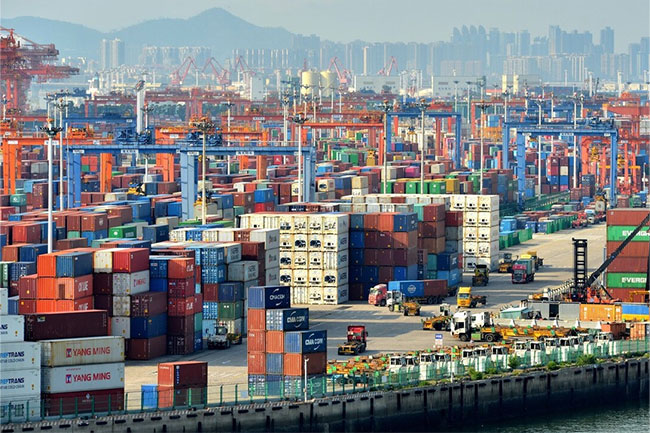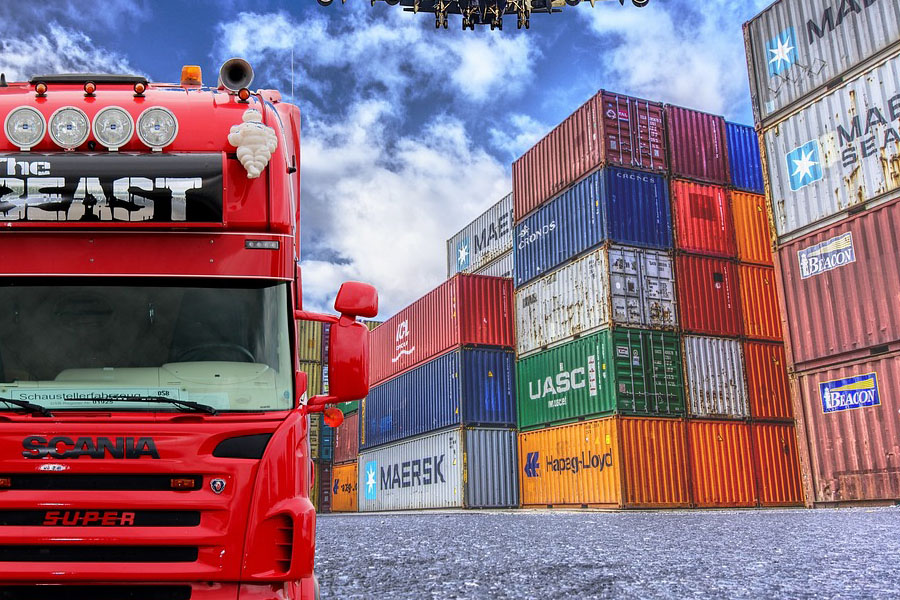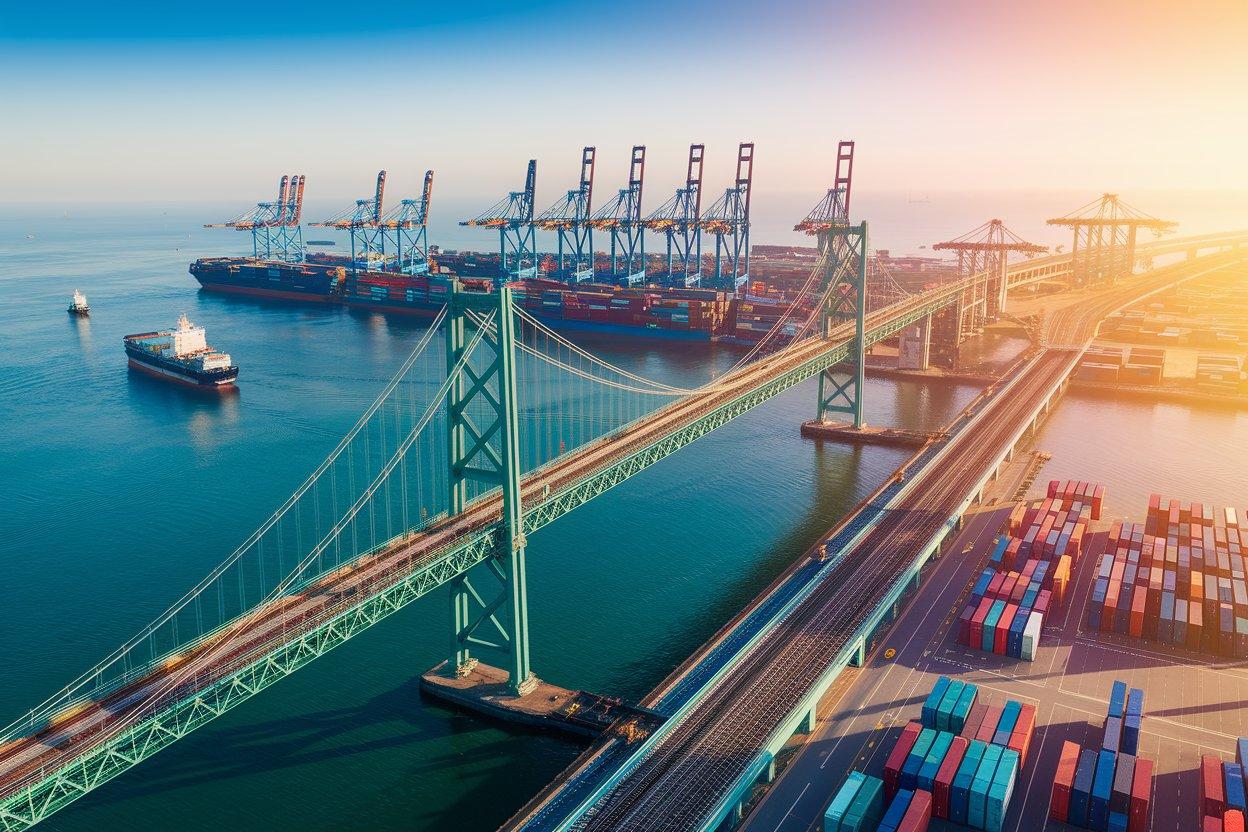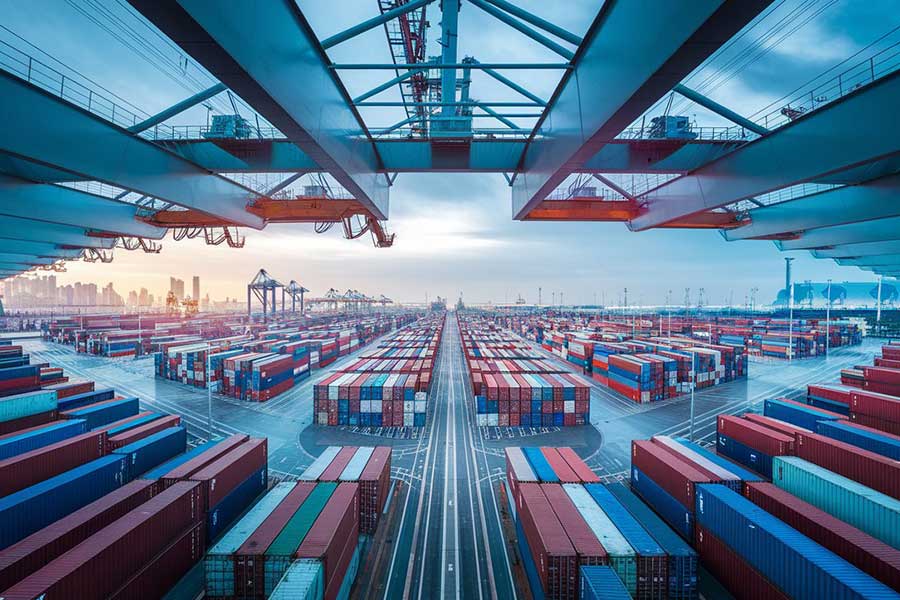- Shanghai Zhongshen International Trade Co., Ltd. - Two decades of trade agency expertise.
- Service Hotline: 139 1787 2118
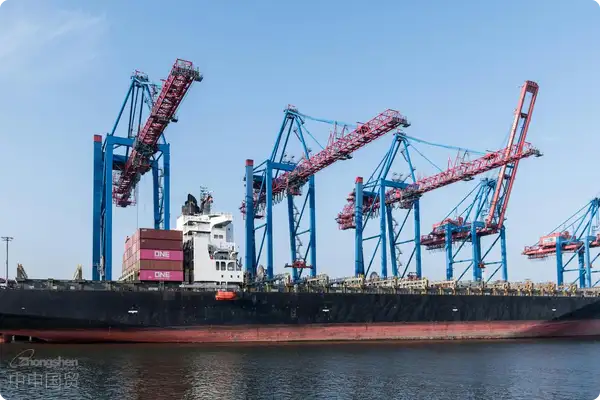
What is a copy of the bill of lading? What is it used for?
Asforeign tradeNewcomer, you might feel confused about the Bill of Lading Copy sent by the freight forwarder. Simply put, the Bill of Lading Copy is a draft version of the Bill of Lading. Its content is consistent with the original, but it lacks legal validity. Its main purpose is to allow you to verify information in advance, such as cargo description, consignee, shipping schedule, etc., ensuring there are no errors. Once confirmed, the freight forwarder will issue the official stamped Bill of Lading, which is the legally binding document.
In practice, the bill of lading copy is quite useful. You can send it to the customer for their review to avoid future complications. If the payment terms are "balance to be paid after shipment but before arrival at the port," sending the bill of lading copy to the customer for payment follow-up is perfectly acceptable—once they see the copy and confirm the goods are on board, they will usually cooperate in settling the remaining balance.
How to handle a telex release bill of lading? Avoid these pitfalls as a beginner!
A Telex Release Bill of Lading is a bill of lading issued in electronic form, eliminating the need for mailing physical documents. The freight forwarder or shipping company will notify the destination port via email or system to confirm the release of the cargo. Compared to an original bill of lading, a telex release is faster.
When to use telex release?
- The customer urgently needs to pick up the goods, but the original bill of lading is being sent too slowly.
- Both parties have a high level of trust and are willing to streamline the process.
- The final payment has been settled, and there is no dispute over the ownership of the goods.
Steps for Telex Release:
- You apply for telex release to the freight forwarder.
- After the freight forwarder confirms, notify the destination port to release the cargo.
- The customer picks up the goods with the telex release notice and proof of identity.
Key Reminder: Once the telex release is issued, you relinquish the title to the goods. So,Before receiving the final payment, never apply for telex release., otherwise you may face the awkward situation of losing both the goods and the payment!
Complete Guide to the Shipping Process: From PO to Bill of Lading, Step by Step
The shipping process might seem a bit confusing for beginners, but it becomes quite simple once broken down. Below is the complete process using FOB as an example:
Please translate the following Chinese into English: 1. Received PO, urge deposit.
- The customer places a purchase order (PO), and you issue a proforma invoice (PI) to confirm the details.
- Urge the customer to pay the deposit (usually 30%), and notify the factory to start production upon receipt.
2. The goods are ready, contact the freight forwarder.
- When the goods are nearing completion, notify the freight forwarder to book the shipping space.
- Please provide the number of pieces, volume, gross weight, HS code, and other information, and the freight forwarder will book the shipping schedule for you.
3. Booking confirmed, arranging.Trailer
- The freight forwarder issues the cargo loading notice (Booking Confirmation), which includes the bill of lading number.
- You can arrange for a tow truck yourself or have the freight forwarder arrange it to pick up the empty container at the terminal.
4. Container Loading and Customs Declaration
- Loading the cargo into containers, taking photos for documentation, and filling out the packing list.
- Prepare customs clearance documents (packing list, invoice, declaration elements, etc.) and submit them to the customs broker.
- The freight forwarder will send you a copy of the bill of lading for verification.
5. The ship has sailed, urging the final payment.
- After the vessel departs, the freight forwarder issues the bill of lading (original or telex release).
- Please send the copy of the bill of lading, contract, packing list, and commercial invoice to the customer, and urge them to pay the balance.
6. Customer pickup
- The customer picks up the goods with the original bill of lading or the telex release notice.
Regarding the bill of lading time: After the vessel departs, the bill of lading is usually issued within a few days. Please confirm the exact timeline with the freight forwarder. If the ship has already sailed, sending a copy of the bill of lading and customs clearance documents to request the final payment is completely fine.
Under FOB terms, what should beginners do?
FOB (Free on Board) is the trade term you are currently operating under. The customer will arrange a freight forwarder at the destination port, and this forwarder will contact the designated freight forwarder in China to coordinate with you.
Your responsibilities:
- Issue the Booking Order to the designated freight forwarder and provide the cargo information.
- Confirm the shipping schedule, arrange for trucking and customs clearance.
- After loading the container, prepare the customs declaration documents and check the draft bill of lading.
Division of labor between freight forwarders and customs brokers:
- Designated freight forwarder: Booking space, issuing cargo loading notice, and releasing the bill of lading.
- Customs Broker: To handle customs clearance, we need your packing list, invoice, and other relevant documents.
Fee Reminder: The towing fee and customs clearance fee will be invoiced to you by the freight forwarder or customs broker. Remember to verify them carefully to avoid unnecessary expenses.
FAQ for Beginners
Okay, as long as the payment terms support "paying the balance after shipment."
Generally within a few days, depending on the efficiency of the freight forwarder.
Please inform the freight forwarder in advance to proceed with the telex release process, and apply for it only after the final payment is received.
It's normal to feel nervous during your first operation, but by frequently consulting freight forwarders and double-checking details, you'll quickly get the hang of it. Freight forwarders and customs brokers are your great allies—don't hesitate to reach out to them!
Related Recommendations
? 2025. All Rights Reserved. Shanghai ICP No. 2023007705-2  PSB Record: Shanghai No.31011502009912
PSB Record: Shanghai No.31011502009912
